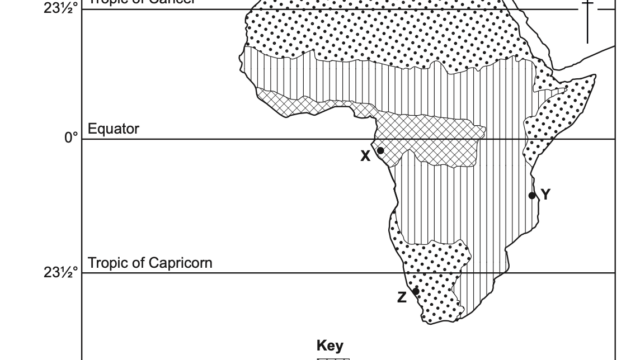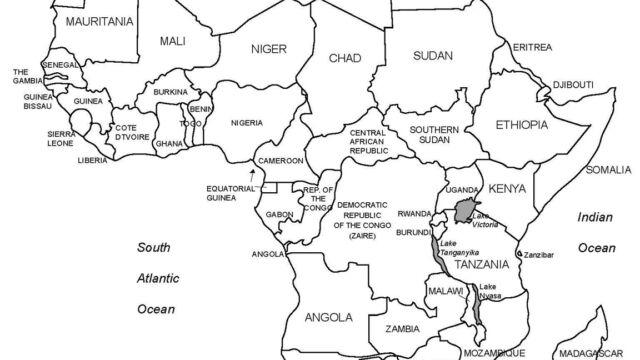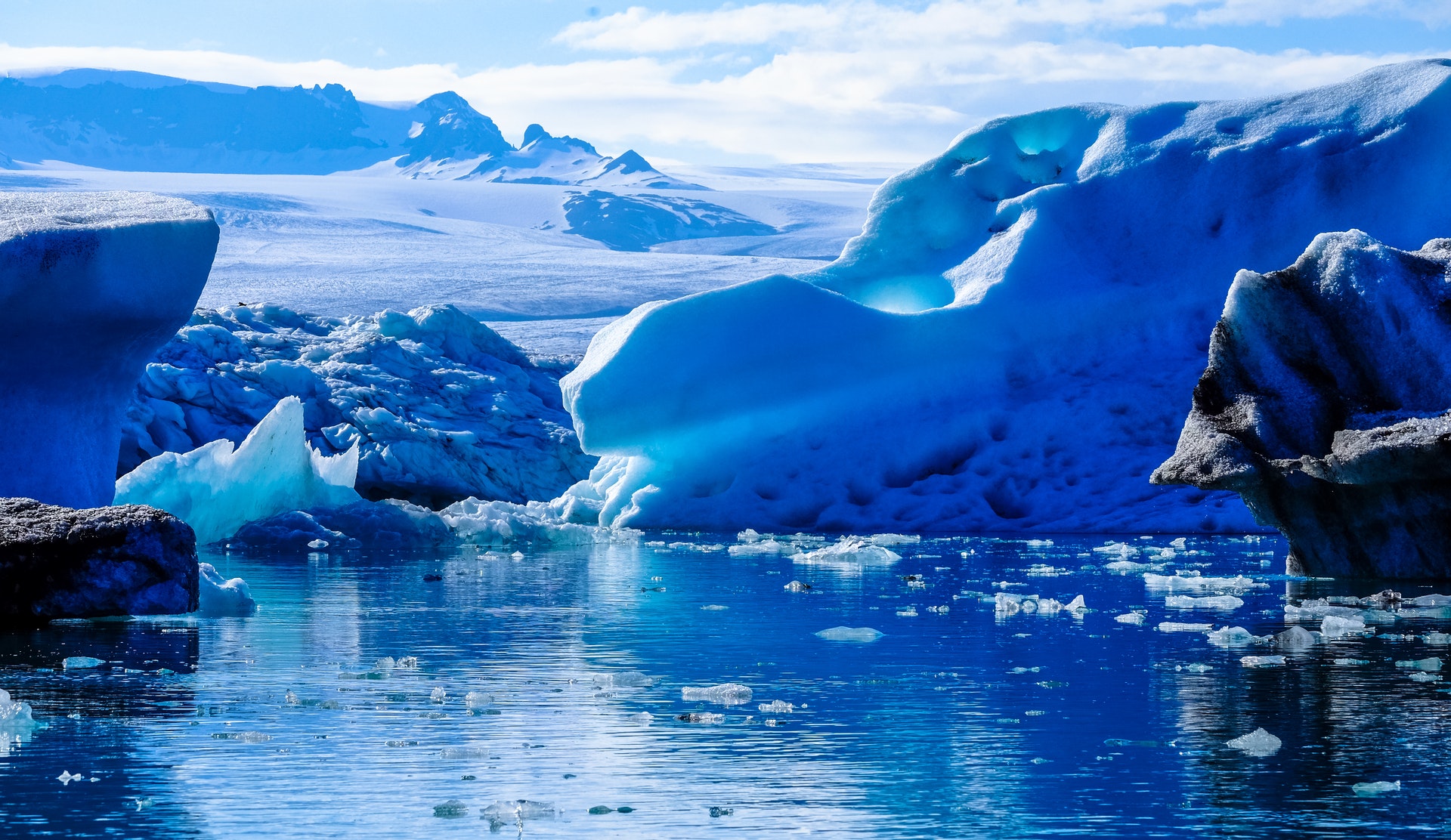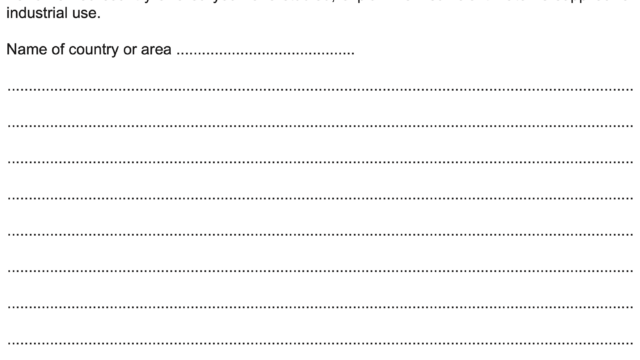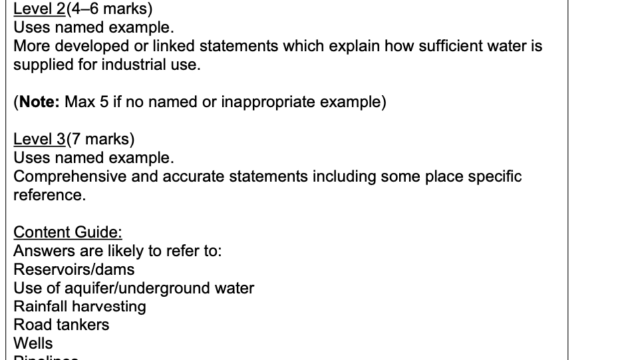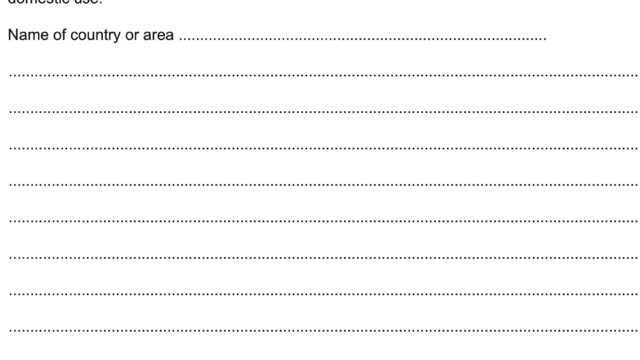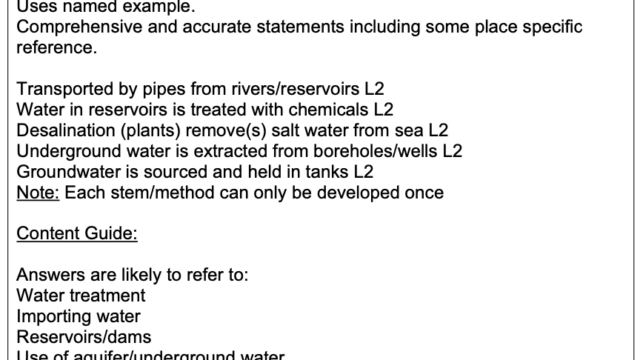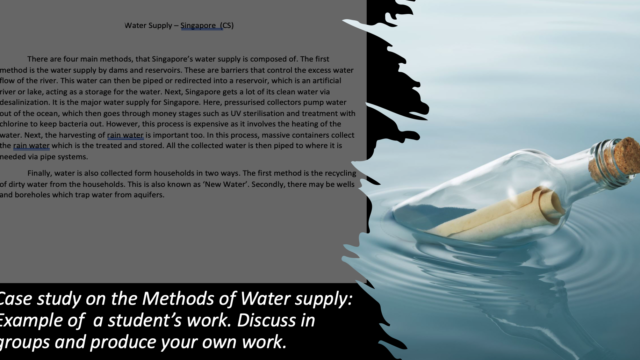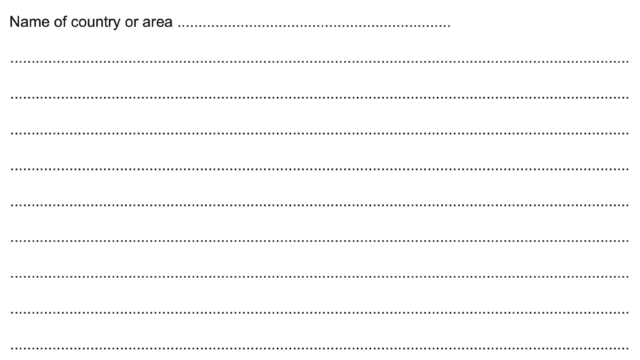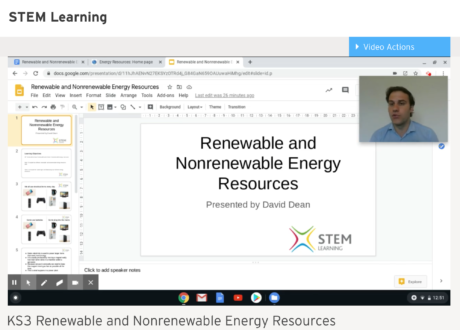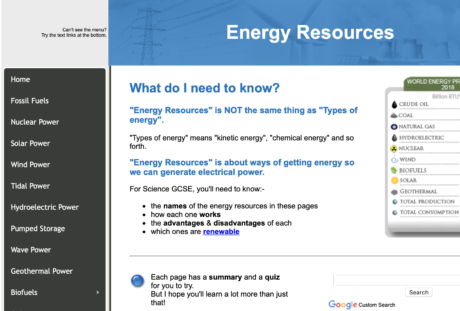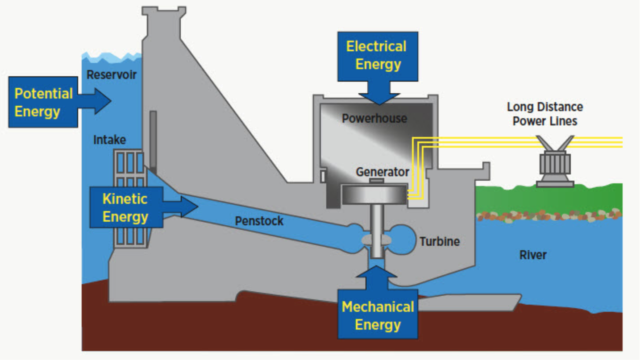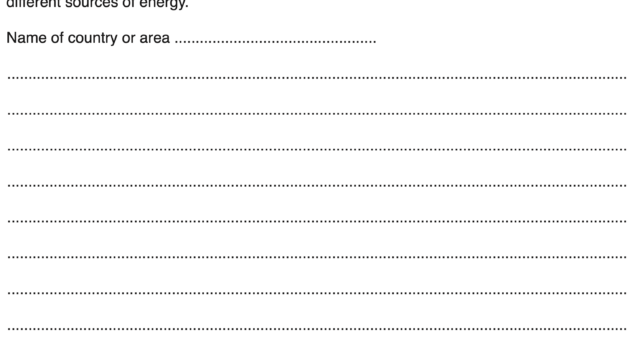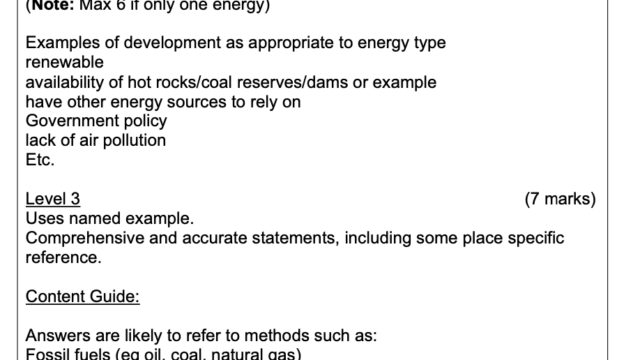| Terminologies | Explanations | Self Research | Copy right free photos (thanks to the contributors) |
|---|---|---|---|
| Potable water | Water that is free from impurities such as contaminants and bacteria and is thus safe to drink. Huge inequalities persist between and within countries; in Sub- Saharan Africa, almost half of people drink water from unprotected sources. | There’s nothing more essential to life on Earth than safe drinking water. People are struggling to access the quantity and quality of water they need. Amazing progress has been made in making clean drinking water accessible to 2.6 billion people in developing countries from 1990 to 2015. That’s an increase from 76% of the global population to 91% during that time. Yet around 800 million people lack basic drinking water access that is nearly 1 of every 9 people on the planet. Click here for more facts and figures from World Vision. | 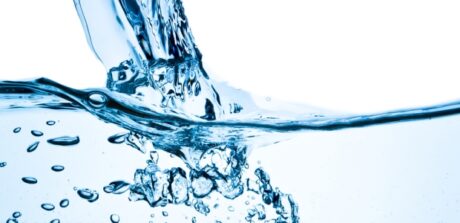 |
| Different methods of water supply | The objective of water supply is to take water from its source to the point of its usage. Water supply systems must also meet the requirements for public, commercial, and industrial activities. It generally denotes provision of water by public utilities such as supply of potable water through piped system. Water supply system include infrastructure for the collection, transmission, treatment, storage, and distribution of water for domestic, agriculture (including irrigation) and other commercial purposes as well as for special public needs as firefighting etc. Nearly 90% of the global population has access to piped water supply. A fraction of them also possess their own house supply such as protected wells or boreholes besides the municipal supply. Look at the next column for the the major methods of water supply. | 1. Dam and reservoir: Dams are the barriers that controls the flow of the excess water, normally built across a river. Reservoirs are man made artificial lakes behind a dam that store water. They can be 'on channel' or 'off channel'. 2. Wells and boreholes: These are the methods of trapping ground water (Aquifer). Wells are relatively of larger diameter than boreholes. Aquifer provides nearly half of the global drinking water supply. 3. Desalinization plants: In this expensive process salt from the sea water is removed by distilling water using boiling process. This process is widely used in the wealthy Middle East countries where waste gasses from the oil wells are used to distill water. 4. Rain water harvesting: This includes collection and storing of rainwater for future use. Click here for more relevant information on the water supply system. | Water stress: When water supply is below 1700 cubic meters per person per year. Water scarcity affects every continent. Infographics from Waterlogic: Source 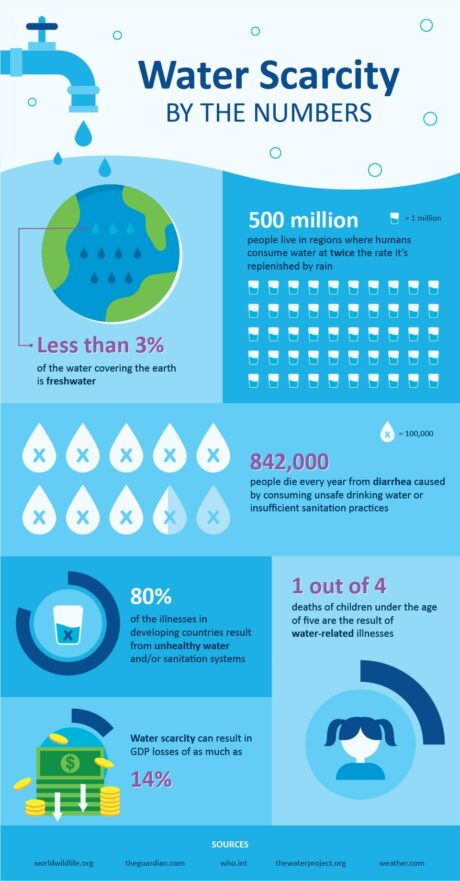 Click here to learn more about the problem of water crisis from Water.org. |
| Water security | When all people in a society have sustainable access to adequate quantities of safe clean water for livelihood and development. | Read: Elements of water security from ResearchGate | |
| Food security | Stable supply as well as physical, social, and economic access to sufficient, safe and nutritious food to meet the dietary needs of a population. | 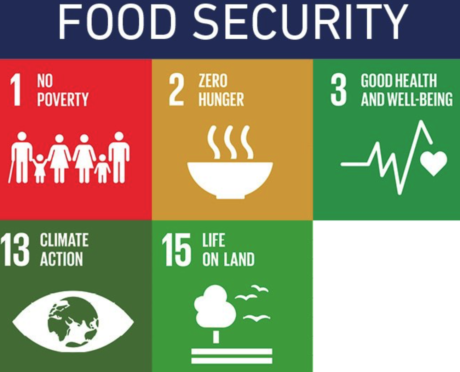 | 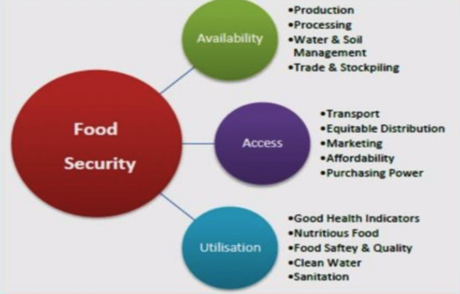 |
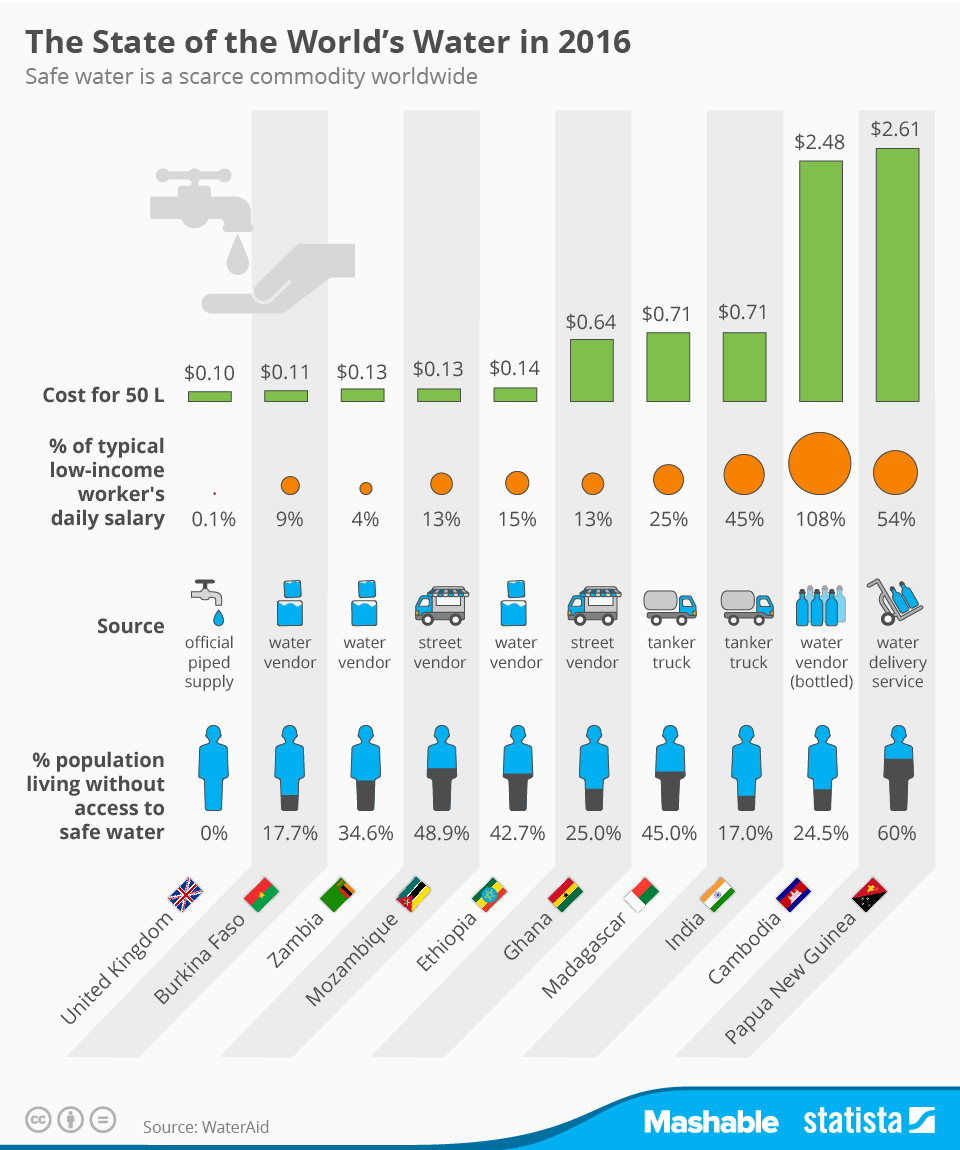 You will find more infographics at Statista
You will find more infographics at Statista
Energy: Important definitions
| Natural Capital | Those goods and services that are not manufactured but have values to human, e.g. Soil, water, trees, living organisms etc. |
| Non-renewable energy | Exist in finite amount and are not renewed after they have been depleted, e.g. fossil fuels. These are forms of stored solar energy produced by photosysthesis (coal) and remains of organic life from millions of years ago, now being extracted and burned by humans. |
| Renewable energy | Can be used over and over again and are considered to be sustainable, e.g. Solar, wind, geothermal energy etc. |
| Replenishable resources | Are middle ground between renewable and non-renewable resources. They tend to be replaced over a long period of time. If the depletion rate is larger than recharge rate, the natural capital is depleted. E.g. Fuel wood. |
| Energy security | When all people in a society/country enjoy the uninterrupted supply of energy they require to meet their needs at an affordable price. |
Your Task: Article review
NREL review: Different renewable energy sources
Benefits of renewable energy use
Top ten renewable energy concerns
UCSUSA: Challenges to renewable energy technology

